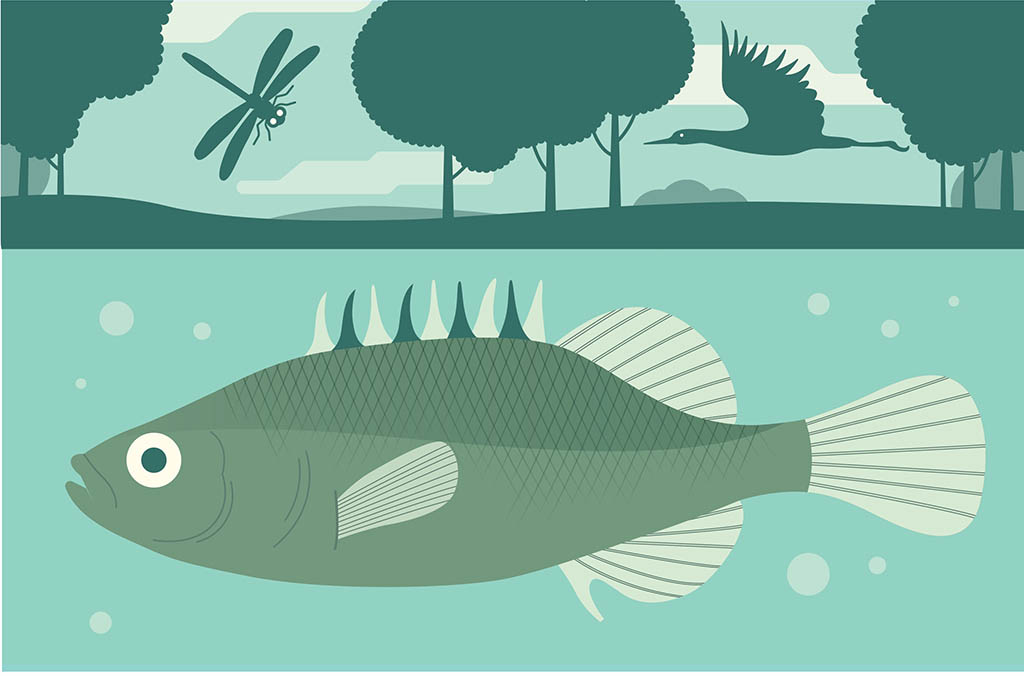Hopeful monsters
Major mutations can be beneficial for survival

Stanford Medicine researchers have confirmed a long-standing assumption about natural evolution: Naturally occurring mutations can lead to the acquisition of major new structural traits that are beneficial for survival.
Research published in September 2022 in Nature Ecology & Evolution identified changes in a key developmental gene that increase the number and govern the length of the major defensive spines of a fish called the stickleback. New spine traits improve the two- to four-inch-long fish’s survival — flying in the face of an assertion by anti-evolutionists that major changes will always leave animals unfit to survive in the wild.
“Scientists already know that changes in the regulation of this gene, called HOX, control the development of major body structures during development,” said David Kingsley, PhD, professor of developmental biology, who led the study.
“What’s new is that we conclusively show that mutations in this gene produce major changes in wild animals — new features that help fish thrive in natural environments.”
Sticklebacks evolve rapidly and dramatically in response to changing environmental conditions. For example, a lake rife with fish-eating insects often houses sticklebacks with fewer and shorter spines to grab, but a pond with larger fish or birds that swallow their fish sticks whole is likely to boast sticklebacks with longer, more numerous, throat-scratching spines.
“Our findings refute the common argument that these types of genes are so important, so fundamental, that animals with mutations in these regions wouldn’t survive in nature — that if you play with master regulators, you’re only going to make a hopeless monster,” said Kingsley, a Howard Hughes Medical Institute investigator and the Rudy J. and Daphne Donohue Munzer Professor.
Read more here.

